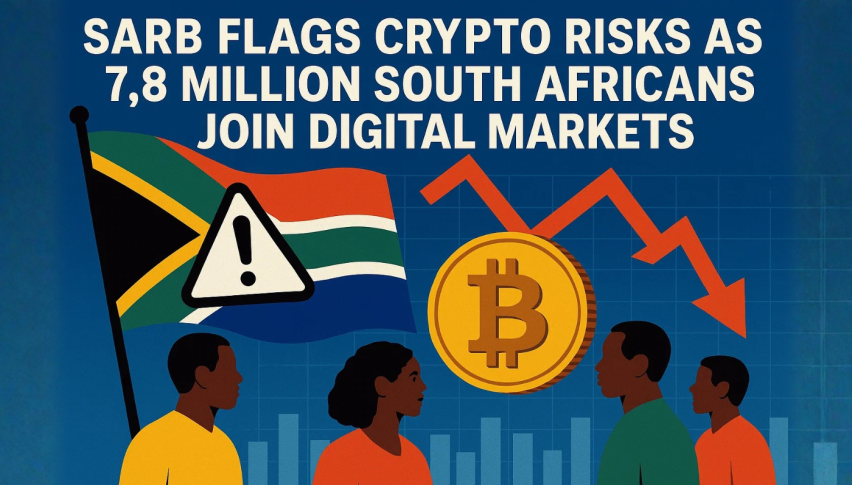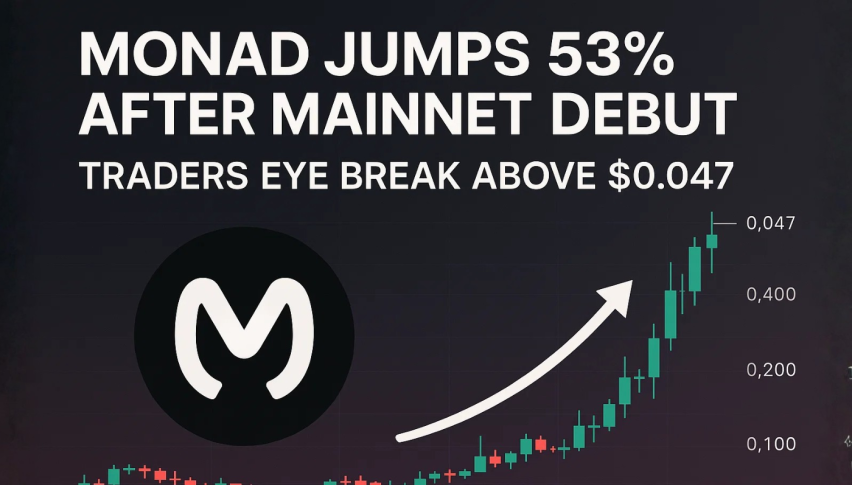SARB Flags Crypto Risks as 7.8 Million South Africans Join Digital Markets
The South African Reserve Bank has issued a fresh warning over the country's rapid rise in cryptocurrency adoption...

Quick overview
- The South African Reserve Bank has raised concerns about the rapid rise in cryptocurrency adoption, categorizing it as a 'material risk' due to a permissive regulatory environment.
- By July 2023, South Africa's major exchanges had 7.8 million registered users and were managing around $1.5 billion in client assets.
- Stablecoins have become the most popular trading pairs on local exchanges, surpassing traditional cryptocurrencies like Bitcoin and Ethereum, due to their lower volatility and increased user comfort.
- The SARB emphasizes the urgent need for a comprehensive regulatory framework to mitigate systemic risks associated with the growing crypto market and stablecoin adoption.
The South African Reserve Bank has issued a fresh warning over the country’s rapid rise in cryptocurrency adoption – and it’s got serious concerns about both cryptocurrencies and stablecoins. According to the bank’s (the SARB’s) 2025 Financial Stability Review, the rapid growth of digital assets, combined with a relatively permissive regulatory environment, has placed them firmly in the “material risk” category.
Things have been moving fast locally, with user numbers at the country’s three major exchanges absolutely catapulting upwards. By July of this year, those platforms had a total of 7.8 million registered users – and that’s a pretty stark indicator of how many ordinary South Africans are now investing in this thing. And to put some real numbers behind it, those platforms were handling around $1.5 billion in client assets by the end of last year.
But for the central bank, the real worry is that the very nature of these digital assets – borderless, untethered from local capital controls – is a direct challenge to the country’s entire macro-financial framework.
LATEST: 🇿🇦 South Africa's central bank named crypto assets and stablecoins a new financial risk in its latest stability report, noting that combined users on the country's three largest exchanges were 7.8 million as of July. pic.twitter.com/7fnwLVF8hS
— CoinMarketCap (@CoinMarketCap) November 26, 2025
Stablecoins are Altering Market Behaviour
If you look at how people are trading on South African exchanges, there’s been a significant shift since 2022. Since then, these stablecoins pegged to the USD have become by far the most popular trading pairs, overtaking traditional cryptocurrencies like Bitcoin and Ethereum.
The SARB thinks there are a few reasons this is happening:
- They are much less volatile than some of the more exotic crypto assets on the market.
- People are just a lot more comfortable using these dollar-linked tokens.
- And there’s a lot more activity in stablecoin markets on local platforms, which is making it easier for people to trade.
Bitcoin, Ethereum, XRP, and Solana are still seeing a lot of action, of course, but stablecoins now underpin a lot of the trading pairs on these exchanges. And the SARB sees this as a clear sign that South Africa’s retail investors are moving towards using dollar proxy assets.
International bodies are raising similar concerns. The Financial Stability Board said in October that South Africa has no regulatory framework for global stablecoins and only partial rules for the broader crypto market.
🚨CRAZY!!!
The South African Reserve Bank just labeled crypto and stablecoins as new financial risks.
Meanwhile major banks are onboard, and big companies are already accepting crypto as payment.
Regulators are scrambling to understand what the market already adopted! pic.twitter.com/b5JaIb1riC
— Kyle Chassé / DD🐸 (@Kylechasse) November 26, 2025
Regulatory Gaps are Exacerbating Systemic Risk
The SARB is now saying that, until we get a comprehensive regulatory framework in place, all this growth in the crypto market – combined with the borderless nature of stablecoins in particular – will continue to amplify these risks. If we don’t get proper oversight in place, the central bank fears that risks will keep building and that, at some point, they’ll spill over into the wider financial system.
Which is a pretty interesting contrast with some of the other stuff that’s going on. In 2022, the Financial Sector Conduct Authority formally classified cryptos as financial products, meaning exchanges and service providers would need to obtain licences to operate. Several platforms have since been approved, but the SARB is still saying that we need a more unified approach.
With nearly eight million South Africans now active in digital markets – and stablecoin adoption accelerating rapidly – the SARB says we really urgently need a national framework in place to prevent potential problems in the financial system.
- Check out our free forex signals
- Follow the top economic events on FX Leaders economic calendar
- Trade better, discover more Forex Trading Strategies
- Open a FREE Trading Account


